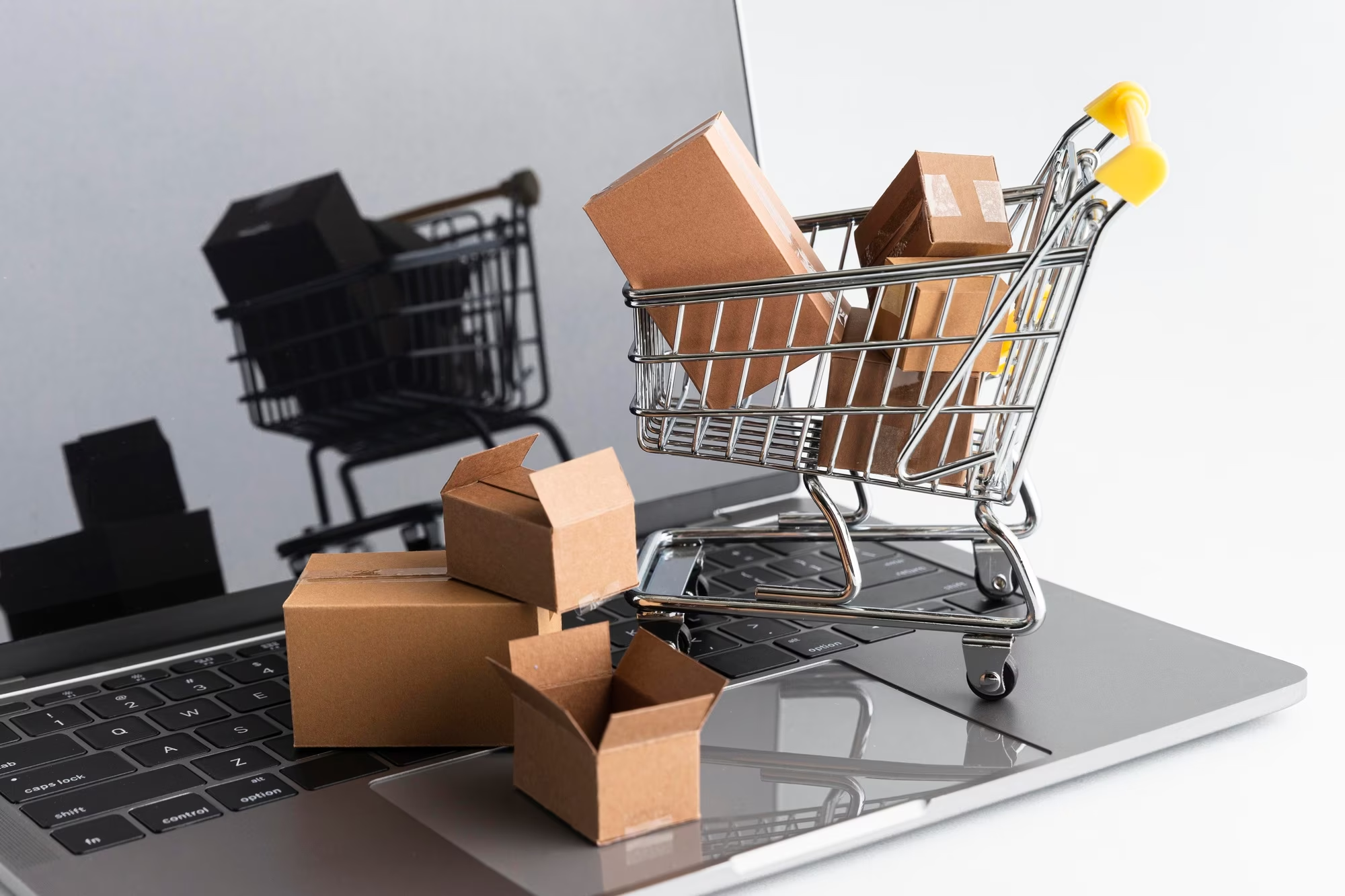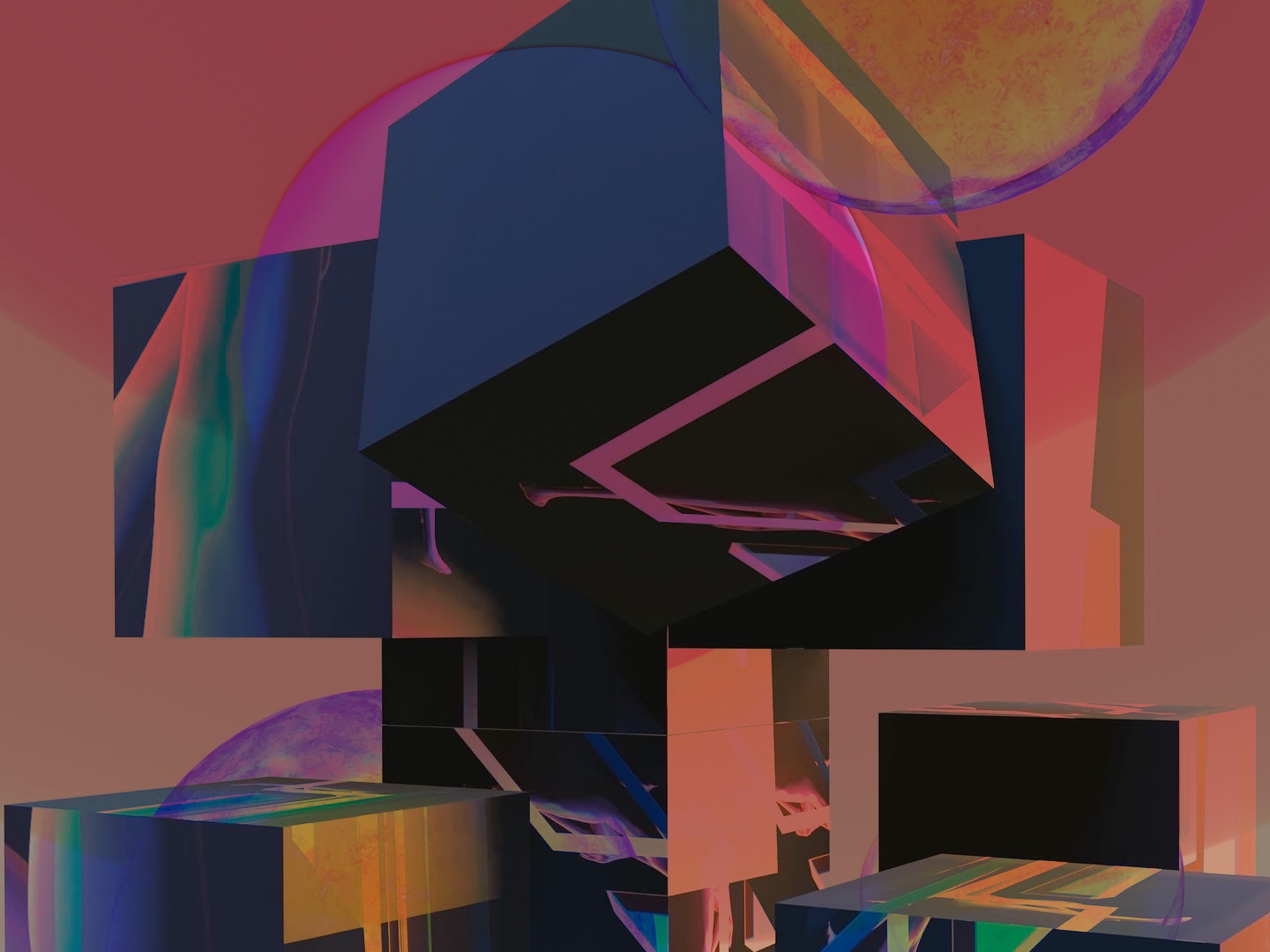Tokenization might be a relatively new technology but it’s set to be a $16 trillion business opportunity, according to a Boston Consulting Group report. Larry Fink, the CEO of BlackRock, an investment firm managing over $8 trillion in assets, highlighted the immense potential of asset tokenization saying, “The tokenization of asset classes offers the prospect of driving efficiencies in capital markets, shortening value chains, and improving cost and access for investors.” Clearly, asset tokenization is revolutionizing the way assets are purchased, traded, and sold across all industries.
This article will cover what asset tokenization is and list some of the best platforms to tokenize your assets.








